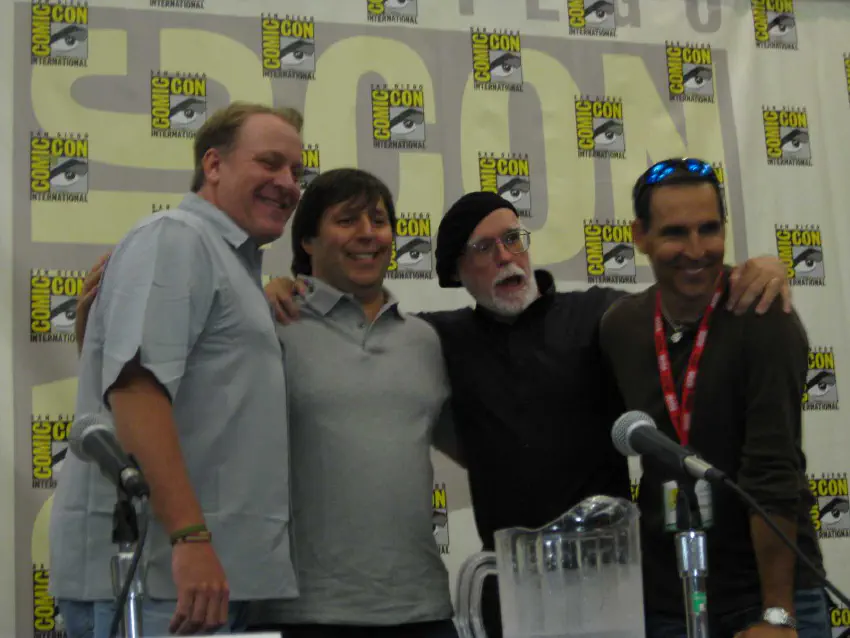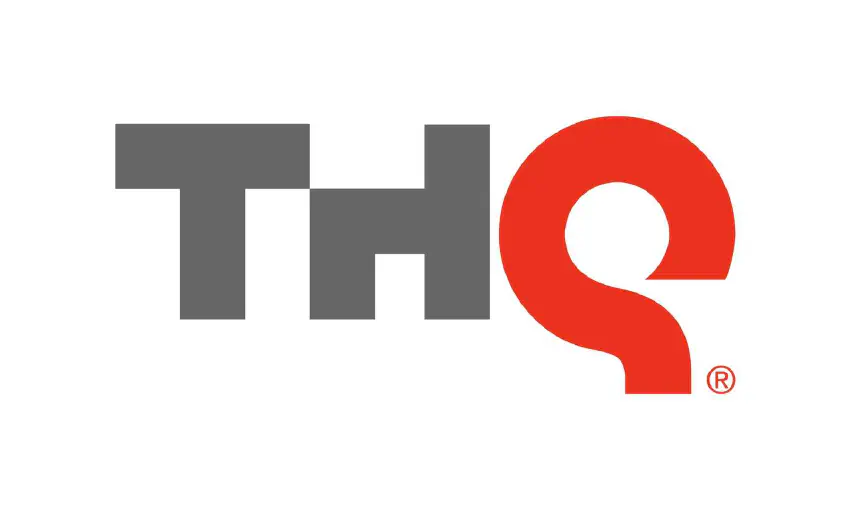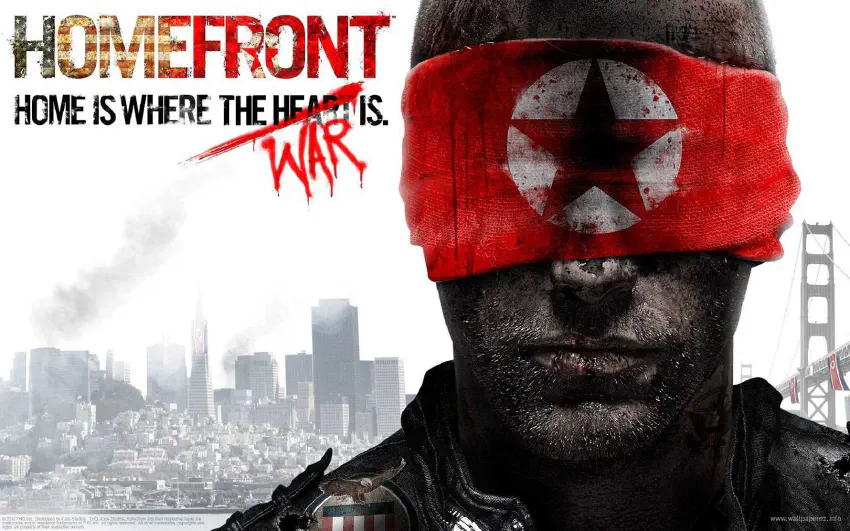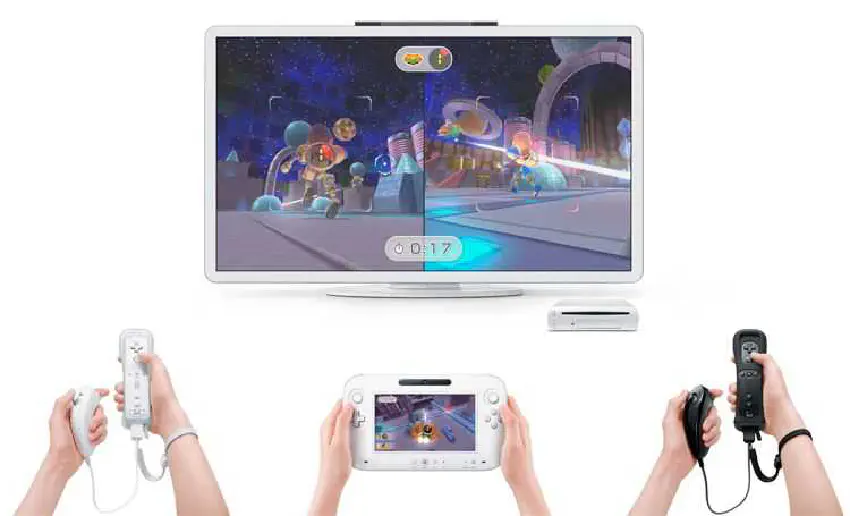Steambox
More and more rumours emerge about the videogame console from Valve. Famous about their online game store Steam, Valve is a some time investing in emerging technologies and ideas. But is a new videogame console needed? There are already three players now with major investments in hardware and the dispute is famous for being very, very hard. Sega, Panasonic and even Apple tried and can tell you more about it.
Valve has being preparing it’s terrain for some time now. It recently launched (which means that they were already working internally long before) the Bigpicture feature. It transforms the classical Steam interface in a more Television fashion. It is also designed to be controlled via a remote control. But they have never satisfactorily answered the question: who would put a giant PC case in the living room, right next to the TV, just to be able to play?
According to these news, the machine will feature a Linux. It is aligned with recent declarations of the Valve president, Gabe Newell, saying bad things about the new Microsoft Windows. Linux is free and flexible and recently is gaining an unprecedented track with Android phones. Also, Gabe knows that Microsoft plans to launch a service very similar to his Steam, selling software in a centralized way. Survival measures.
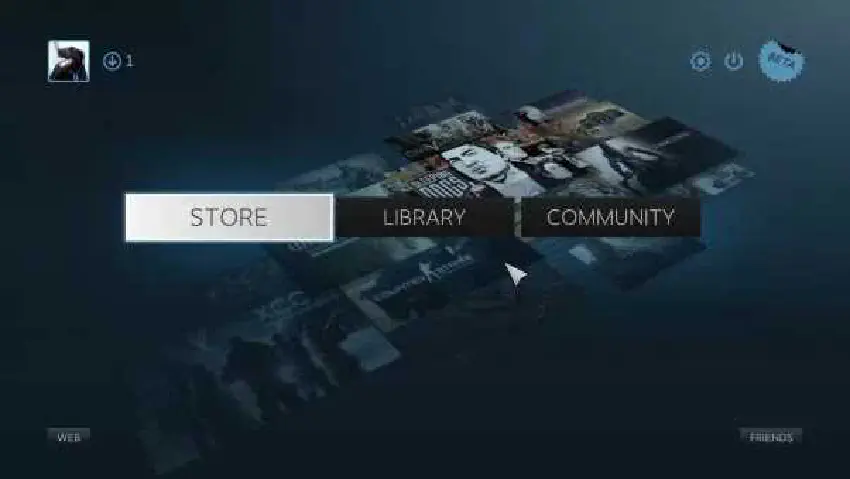
Valve has also working with Linux. They recently announced that Steam itself will work on Linux and accept Linux games. A beta is in progress. But except for indies, there are no relevant games for the system. Valve must itself to port some own games (Left 4 Dead, Team Fortress, Half Life and DOTA franchises) to show the path and prove the market viability. Once they do this, many other developers might be encouraged to follow. But it will take a while though. Unlike Windows and closed console systems, Linux on a broadly used machine is yet a niche.
Game engines and middlewares must be prepared also. Valve probably is working on porting it’s Source engine to Linux. Rumours say that a second version of their famous middleware is being cooked. Another demonstration of commitment of this strategy. Epic’s Unreal engine, Unity, Id and other middleware players are announcing compatibility with Linux. They noticed the movement, lead by Valve’s Steam but not exclusively attached to it.
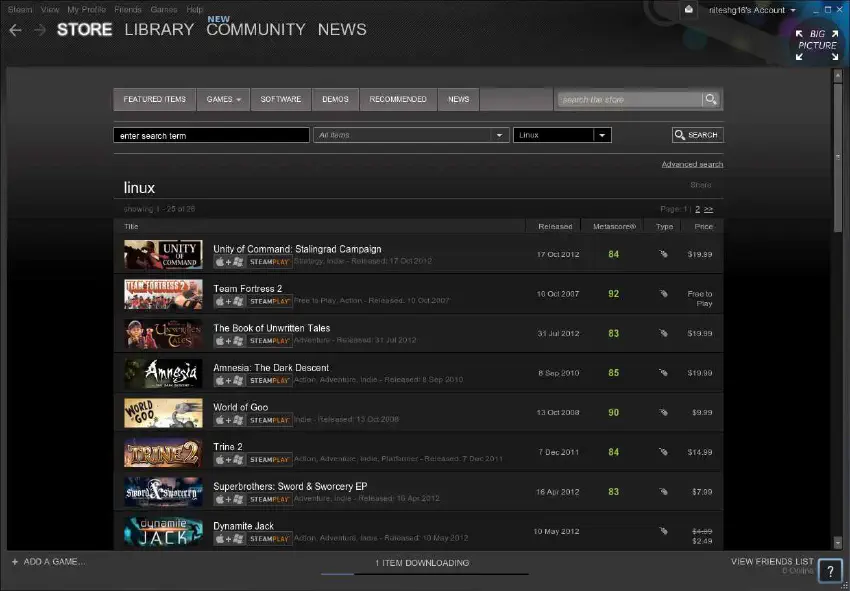
But how a traditional software company will enter in the computer market? Well, Microsoft already followed this path creating a whole hardware division to actually manufacture Xbox. It is a very risky and difficult movement. Electronic manufacturers like Samsung or Nvidia have much more expertise and would have much more success doing this path. Rather, I predict that Valve would follow a similar strategy adopted by Google and its Nexus brand: designed done in house but the actual machine is done by third parties. Valve would just set partnerships with pc manufacturers to create stylish mini PCs with top notch pieces like graphic card and processor. We would see several versions of Steambox shipped in waves, like smartphones and tablets, experimenting new features on each iteration.
PC should finally be considered a first class console.














